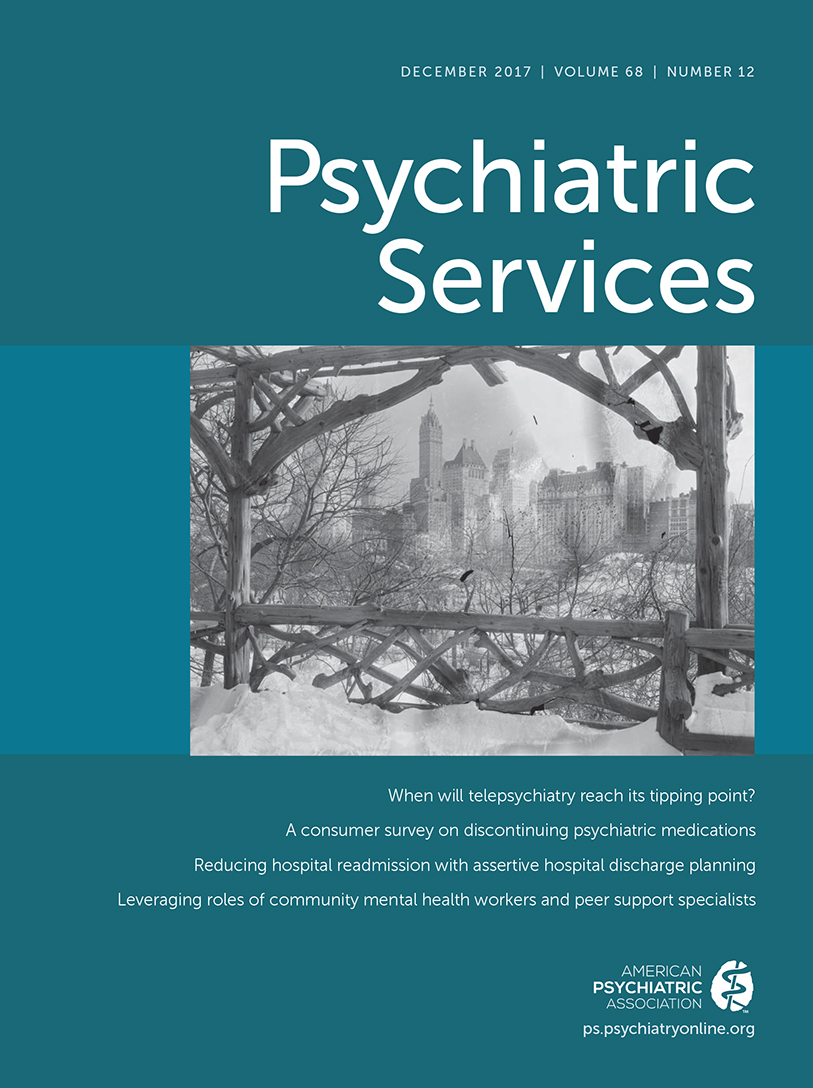Comparative Effectiveness of Two Models of Depression Services Quality Improvement in Health and Community Sectors
Abstract
Objective:
The effectiveness of community coalition building and program technical assistance was compared in implementation of collaborative care for depression among health care and community sector clients.
Methods:
In under-resourced communities, within 93 programs randomly assigned to coalition building (Community Engagement and Planning) or program technical assistance (Resources for Services) models, 1,018 clients completed surveys at baseline and at six, 12, or 36 months. Regression analysis was used to estimate intervention effects and intervention-by-sector interaction effects on depression, mental health–related quality of life, and community-prioritized outcomes and on services use.
Results:
For outcomes, there were few significant intervention-by-sector interactions, and stratified findings suggested benefits of coalition building in both sectors. For services use, at 36 months, increases were found for coalition building in primary care visits, self-help visits, and appropriate treatment for community clients and in community-based services use for health care clients.
Conclusions:
Relative to program technical assistance, community coalition building benefited clients across sectors and shifted long-term utilization across sectors.



